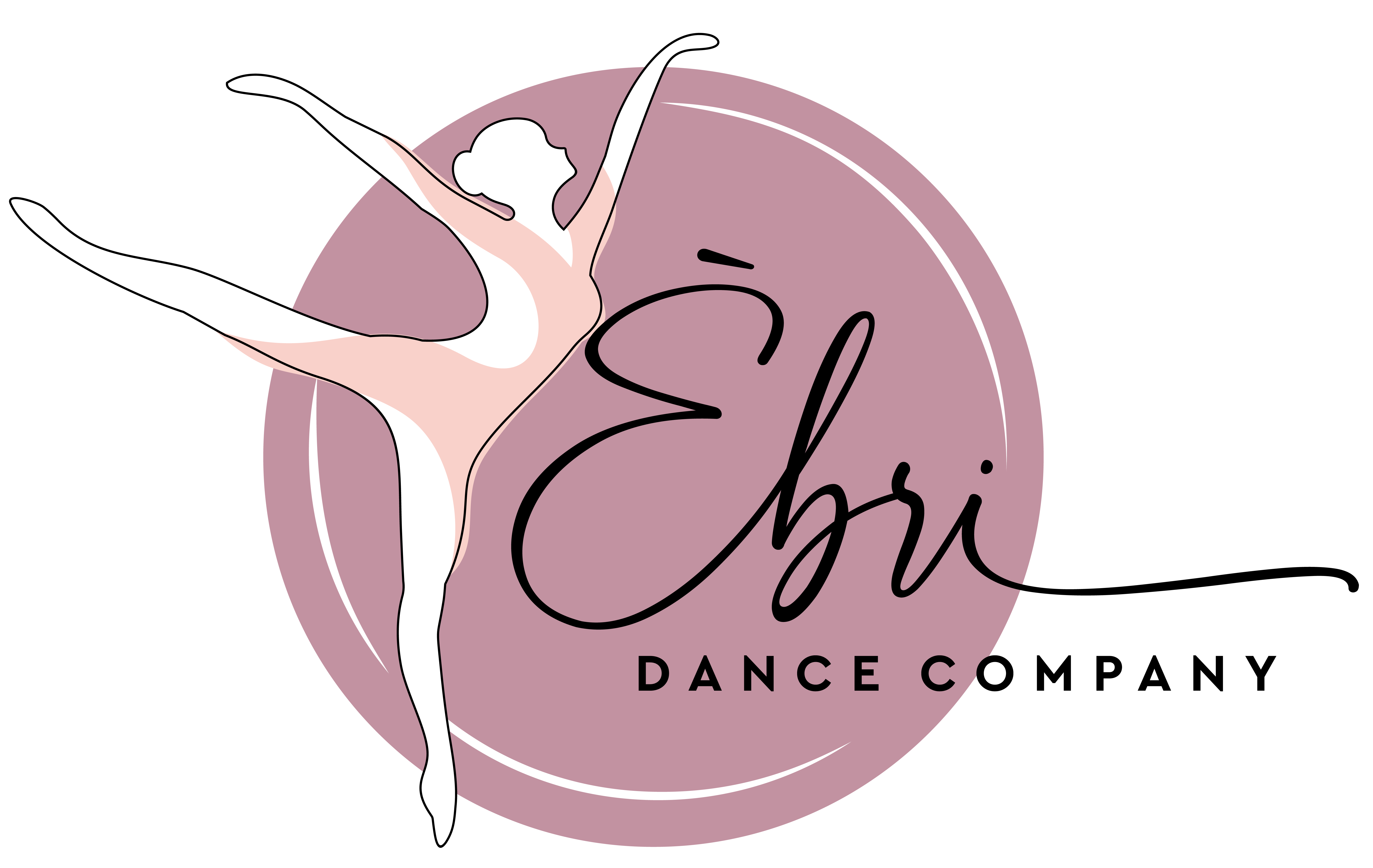Whether you’re auditioning for your first dance team or aiming for a spot on a professional stage, having a clear, organized, and up-to-date dance resume is key. Your resume is your first impression—it should reflect not only your training and experience but also your professionalism and personality.
1. Start With the Basics
Include your full name, contact information, height, and hair/eye color (especially important for commercial work). A professional headshot should accompany your resume if you’re submitting for auditions.
2. Highlight Training & Technique
List the styles you’ve trained in (ballet, jazz, hip hop, etc.) and where you trained. If you’ve studied under notable instructors or attended prestigious intensives, be sure to include those as well.
3. Showcase Performance Experience
Include recent and relevant performances, roles, and choreography credits. Whether it’s a school recital or a national tour, each experience adds to your story. Use action verbs like “performed,” “choreographed,” or “assisted” to describe your involvement.
4. Add Special Skills
Can you tumble, sing, act, or play an instrument? Are you trained in stage combat or fluent in another language? These extra skills can help you stand out, especially in musical theatre and commercial auditions.
5. Keep It Clean & Concise
Your resume should be one page, easy to read, and free of clutter. Keep the formatting consistent and avoid using multiple fonts or colors.
Final Tip: Update your resume regularly so it’s always ready to go when opportunities come up. And remember—confidence, clarity, and authenticity go a long way both on stage and on paper.
